
The Evolution of the Hard Hat
Image credit: Shutterstock/Sach336699
The lowly hard hat may not be much to look at, but its contribution to the health and safety of millions of workers around the world has been immeasurable. Designed to protect workers from falling objects, this century-old item of personal protective equipment (PPE) has been, quite literally, a lifesaver. While at first, wearing one of these safety hats was optional, it’s now a non-negotiable for many in industry, from gold and copper miners to shipbuilding and construction workers.
Let’s take a look at the history of the hard hat, how it has evolved over the years, and how it’s had to be modified in modern times to adhere to newer safety standards.
The Hard Hat—A Brief History

Rumor has it (heavy on the “rumor”; there’s no known evidence to support this claim) that famed writer Franz Kafka actually invented the first ever hard hat in 1912 during his 14-year stint at the Kingdom of Bohemia’s Workers’ Accident Insurance Institute. The evidence that is available, however, credits father and son duo, E.D. Bullard and E.W. Bullard, as the inventors of the hard hat in 1919.
Founded in 1898 by E.D. Bullard, the Bullard Company—now a leading manufacturer of PPE—started out as a mining equipment business in San Francisco. When E.W. came home from serving in World War I with a “doughboy” (a steel helmet used in the army), he and his dad—who had 20 years of experience in industrial safety—came up with the idea of a head protection device for industrial use. In 1919, they patented the “Hard-Boiled Hat”.
The Hard Boiled Hat

Image credit: The National Museum of American History
The Bullards’ first version of the hard hat was made from canvas and glue, and covered in black paint. It also had a leather and metal bracket at the front which is believed to have served as a torch holder. The “Hard-Boiled” name came about due to the steam used during manufacturing (and not because it makes wearers look like an egg). This new hat was a major improvement from the DIY tar-covered soft canvas cap used by miners and shipbuilding workers up until that point.
The Hard Boiled hat, understandably, was a total hit—a contract came in from the U.S. Navy for Bullard to develop protective headgear for shipyard workers, and the rest, as they say, is history. The use of hard hats only increased as time went by, with further designs getting better and more efficient, and paving the way for the modern hard hats worn today.
In the 1930s, American safety equipment manufacturer, MSA, created an advanced version of the hard hat, the Skullgard Helmet. Made from non-conductive thermoplastic and a lightweight, impact-resistant bakelite resin, this new rendition could withstand heat of up to 350°F, and keep the wearer protected from electrical shock. The helmet is still in production today in over 20 different variations for many industries.

Some of the first pictures of workers wearing hard hats—which you may recall from the history books—were taken during the building of the Hoover Dam. Before that, wearing hard hats was optional, so many proactive workers brought their own safety helmet to the job site. For the Hoover Dam project, however, management made hard hats mandatory. Two years later, during the construction of the Golden Gate Bridge, the project’s chief engineer Joseph Strauss also made hard hats a requirement.
In 2021, the hard hat market in the U.S. was valued at around $894.9 million, and is expected to grow to $1.7 billion by 2030. Some of the companies leading the market are 3M, Delta Plus Group, Bullard, Honeywell, MSA, JSP Limited, Milwaukee, and Uline.
Hard Hat Types Over the Years

After the Hard Boiled hat, Bullard started experimenting with new and improved protective helmet designs. In the 1930s, the company introduced the first aluminum hard hat that was lighter and more durable than canvas, and used in shipbuilding and construction. It wasn’t suitable for electric work, due to the metal’s conductivity. This was addressed a decade later in the 40s, when Bullard made non-conductive and heat-resistant fiberglass hard hats.
In the 1950s and 1960s, plastics entered industry with a bang, and Bullard jumped on board. The company introduced the first thermoplastic hard hat in 1952, which was even lighter and more durable than aluminum or fiberglass options, as well as more cost-effective. Plus, they had the extra advantage of being moldable into different shapes and sizes. In the 1980s, extra features were added to these protective helmets to make them safer and more comfortable, including ventilation, adjustable suspension systems, and better heat resistance.
Today, the top-selling hard hats in the U.S. are made from high-density polyethylene, with polycarbonate, and acrylonitrile butadiene styrene hats following. Carbon fiber options can also be found. In 2023, a new safety helmet design was introduced in Japan made from 100% recycled
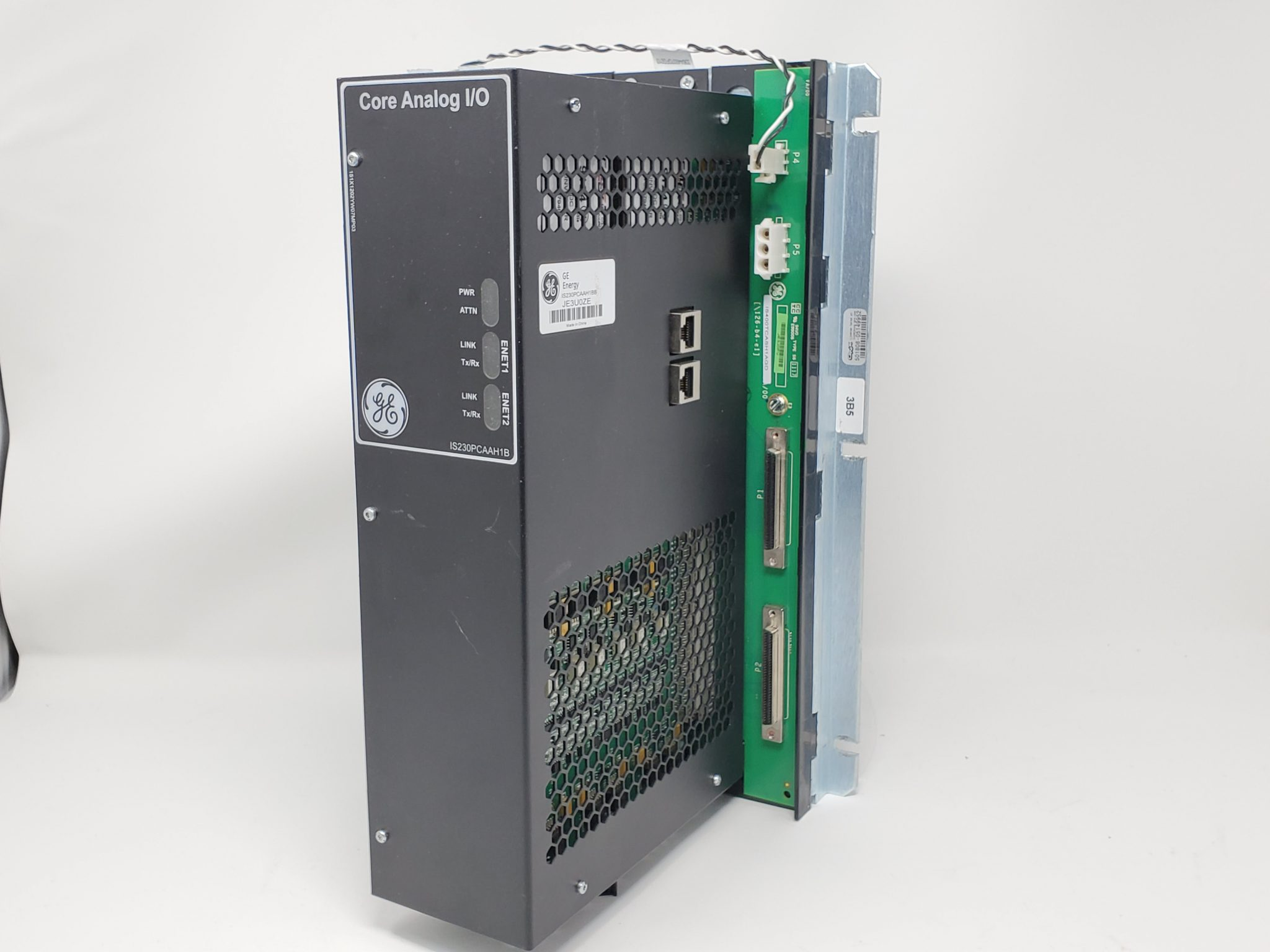

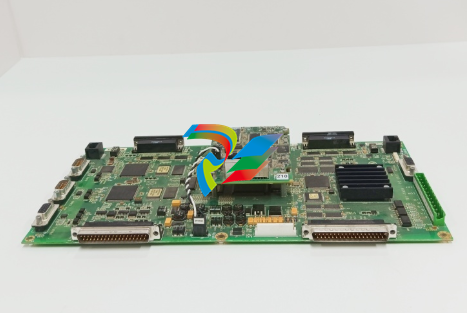
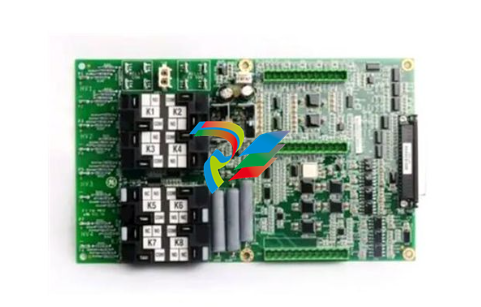
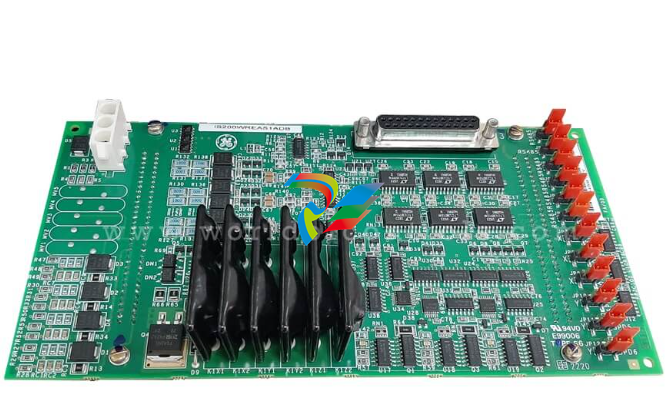
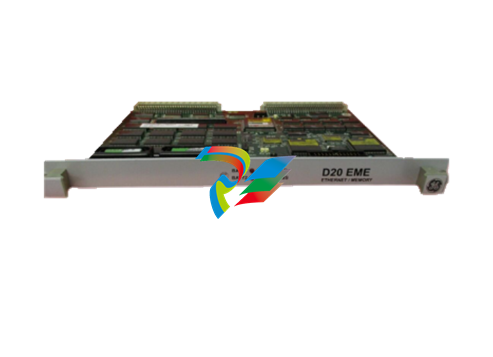
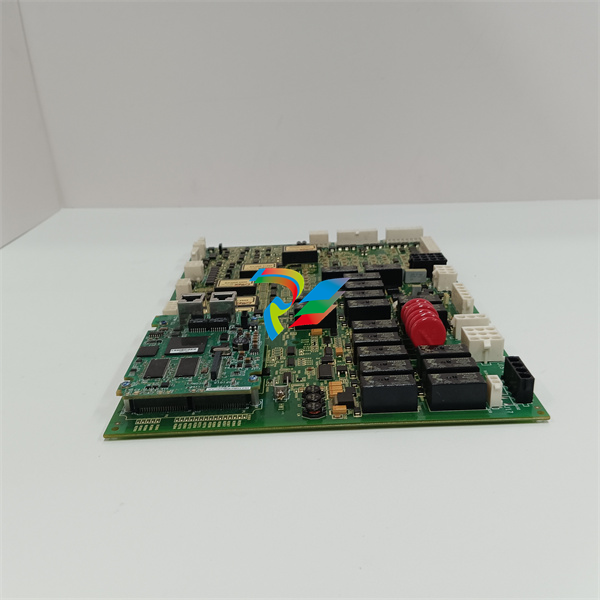
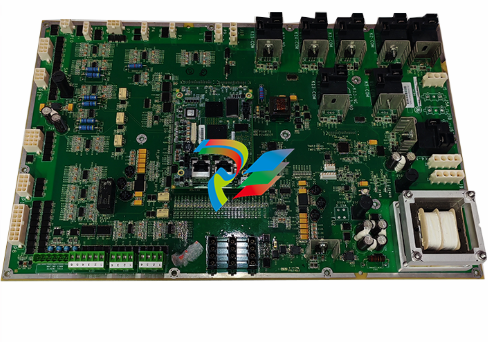
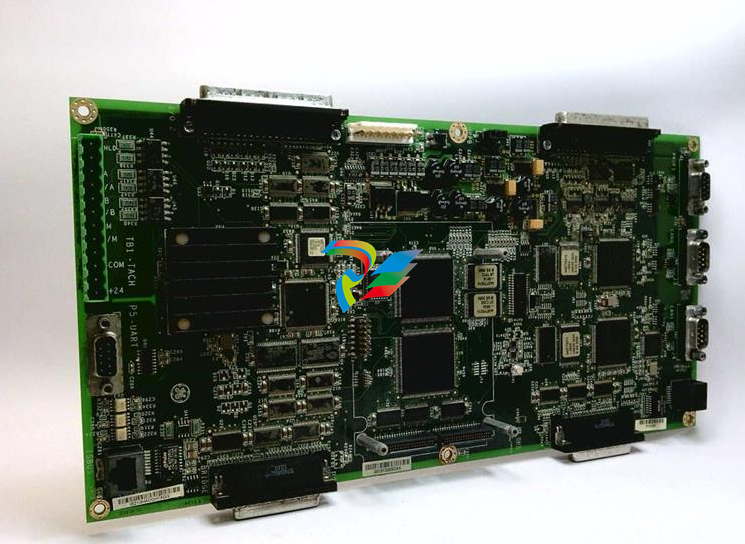
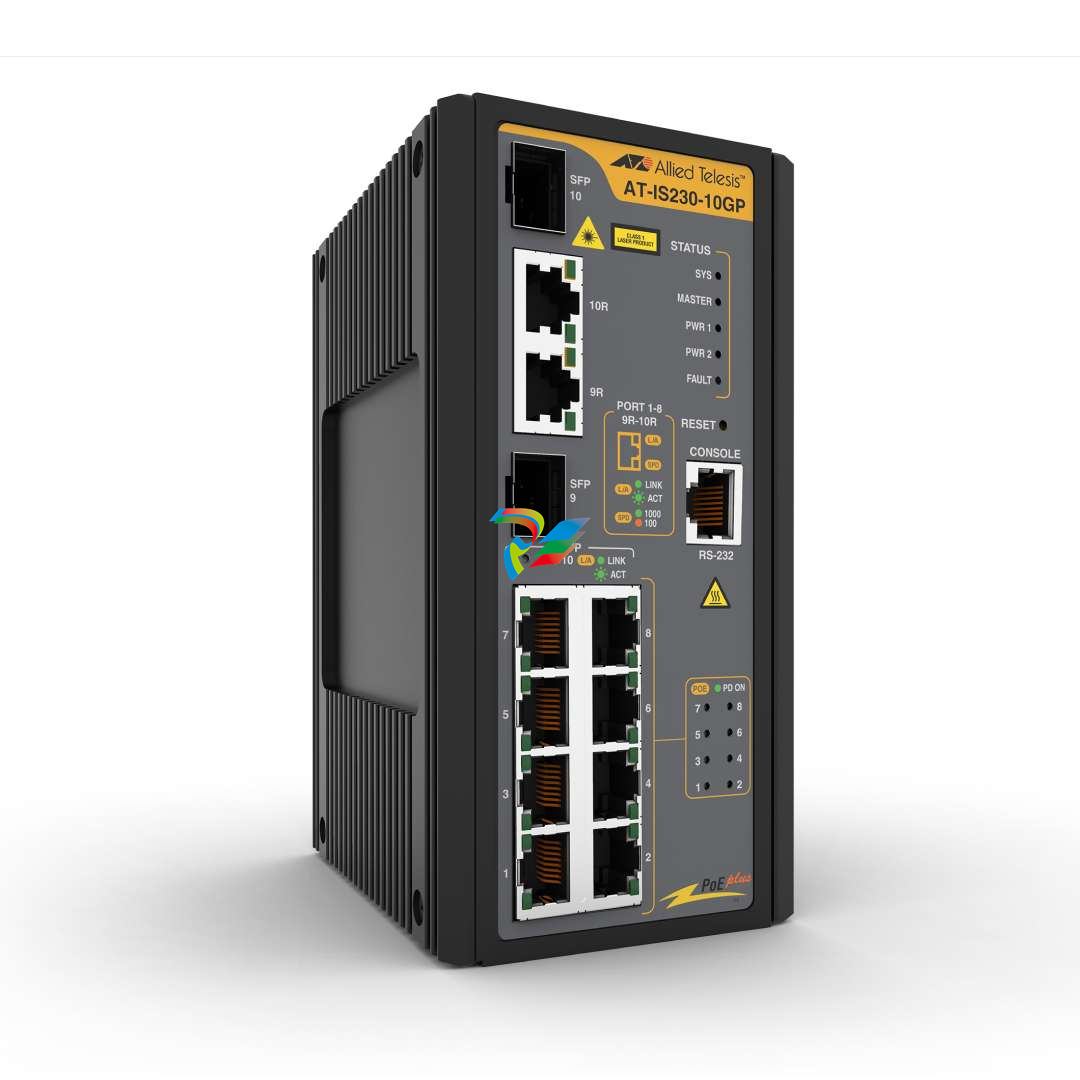
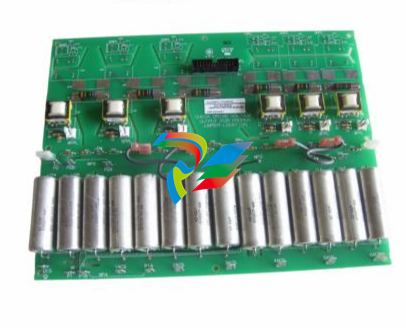

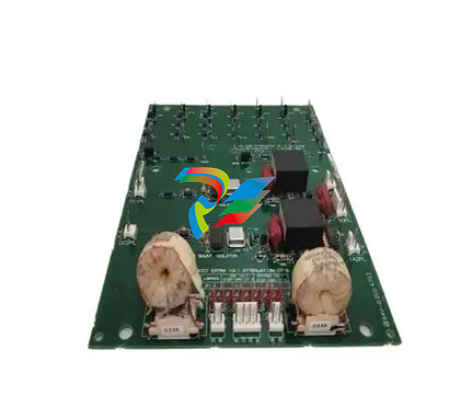

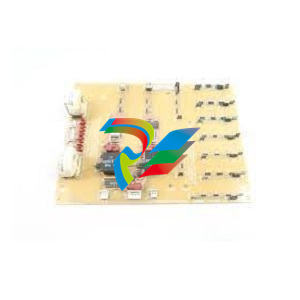
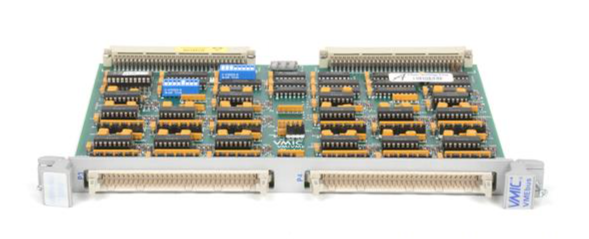
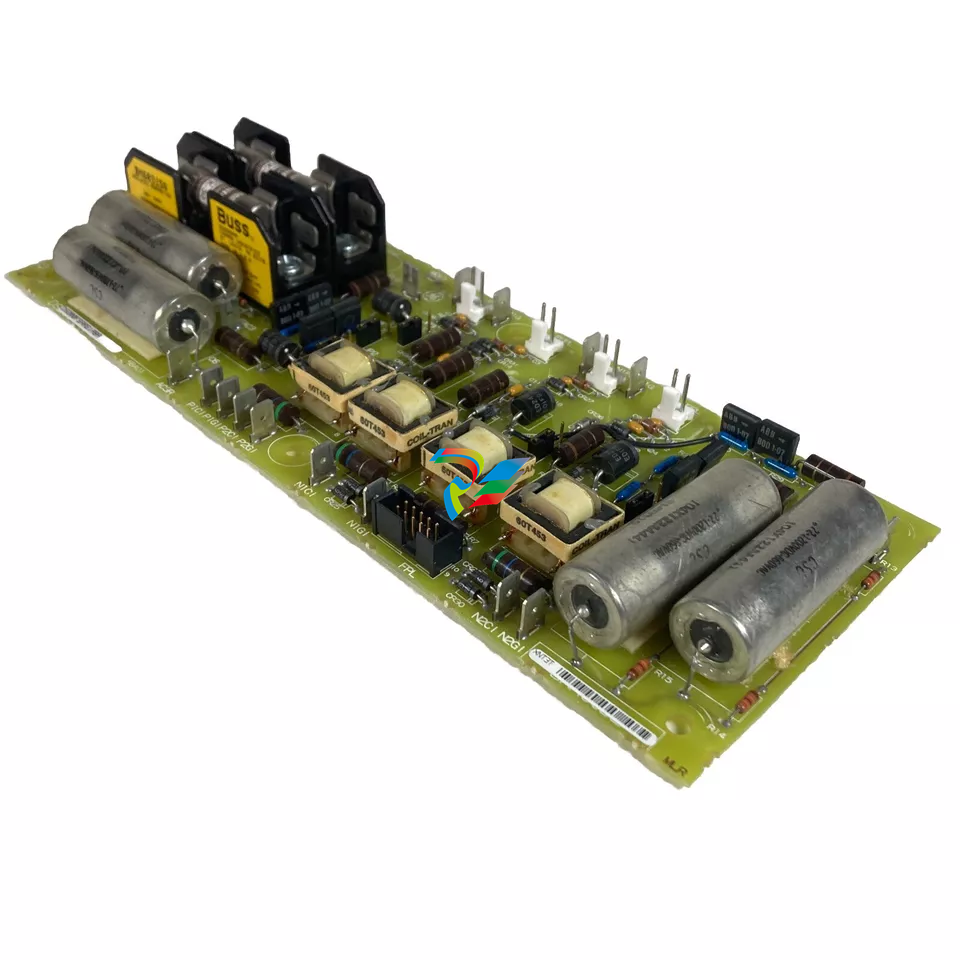
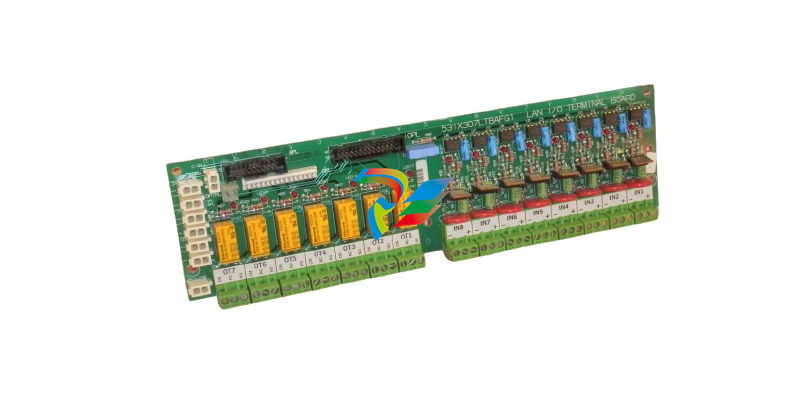



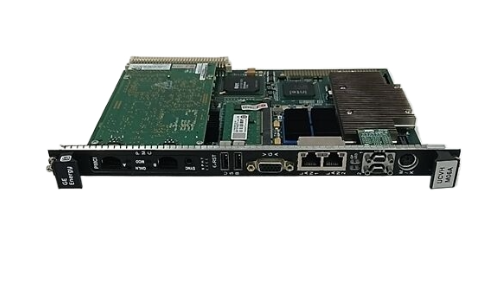
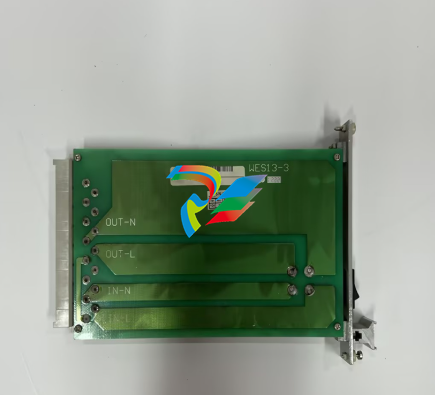
.jpg)
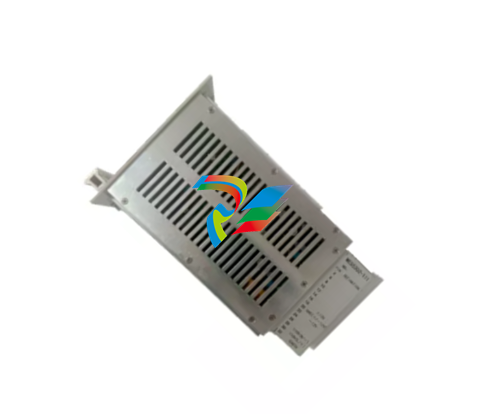
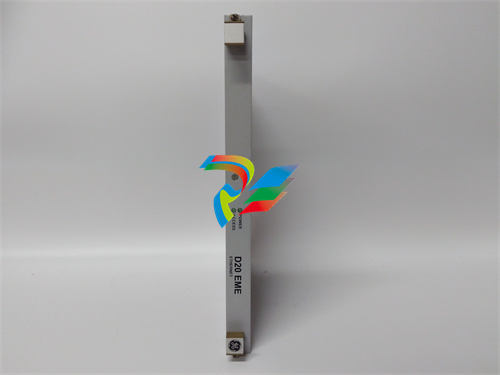
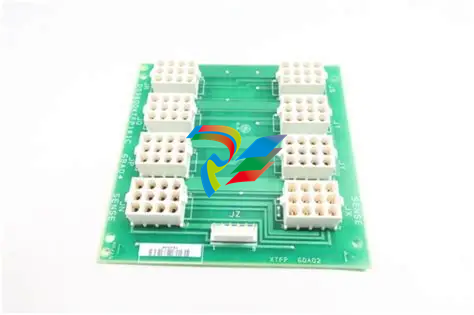









































.jpg)
.jpg)





.jpg)



.png)
.jpg)

.jpg)
_lVjBYb.jpg)

.jpg)
.jpg)



.jpg)
.jpg)







.jpg)

.jpg)
.jpg)











.jpg)





